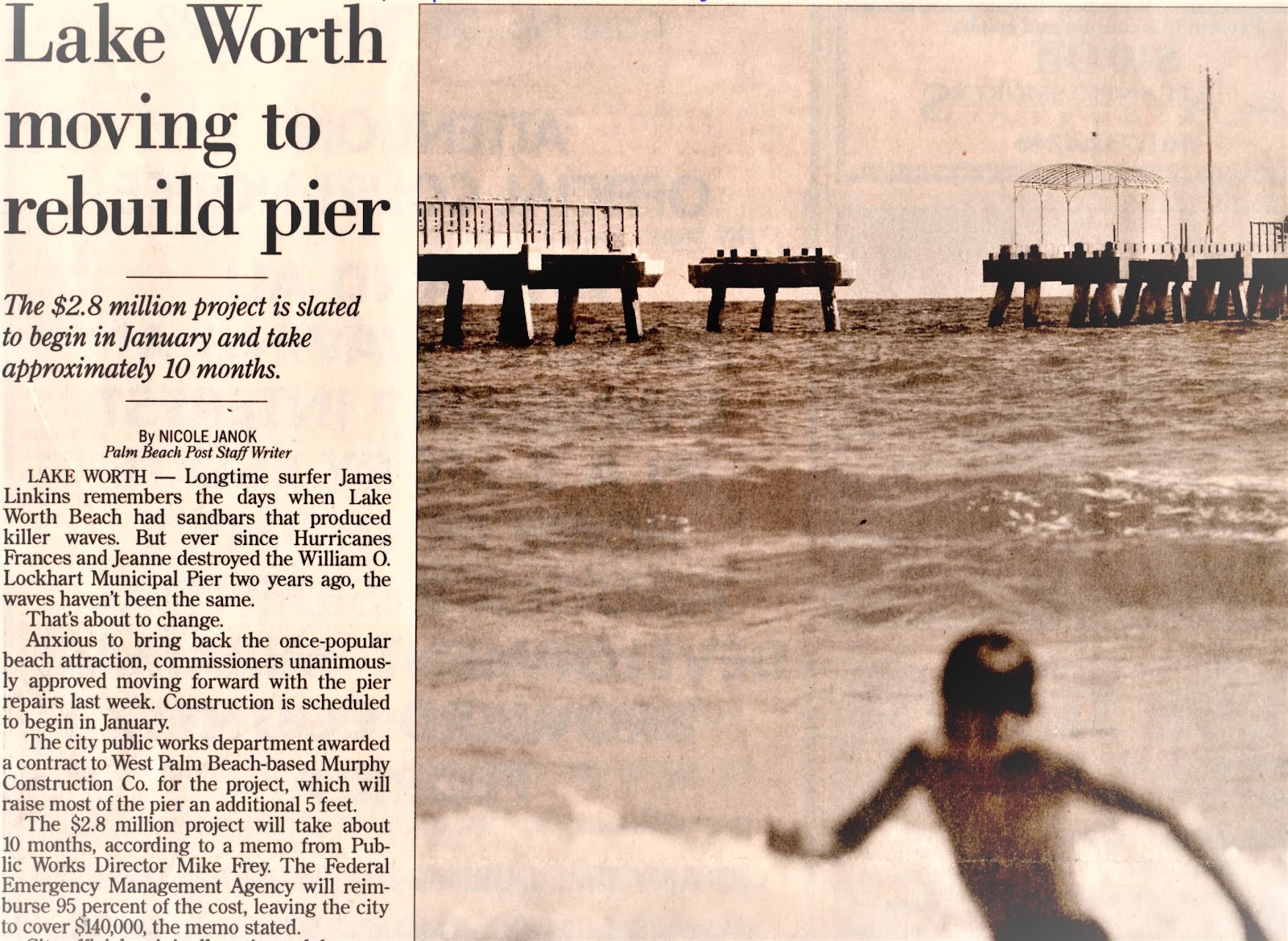So when the Post editorial board asks today, "Florida needs real plan to fight real sea-level rise" aren't they taking the easy way out by pointing fingers at the usual suspects in making this a political game of "gotcha"? And also note in the Post's editorial about sea level rise they don't mention one single time the man that has brought this topic to the forefront: President Obama.
The original post from last April 23rd follows:]
First off, Michael Grunwald at Politico has a lot of credibility.
In the lead-up to President Obama's visit yesterday to the Everglades there was a muted and measured response from those people I thought would be the most excited, mostly in the environmental and activist community concerned about Everglades restoration. And today, in many of those circles it's as though the visit by President Obama never happened at all. Michael Grunwald in his article here titled, "Could Obama’s Everglades Stop Hurt the Everglades?" explains why; here is an excerpt:
The fear for some activists is that by hitching the Everglades to the polarizing climate issue, he could end up making Republicans less Everglades-friendly rather than more climate-friendly. It was notable that Florida Governor Rick Scott, a Tea Party Republican who has found common ground with Obama on Everglades issues and virtually nothing else, took to Twitter this week to question the president’s commitment to restoration. Obama proposed a $70 million funding increase for the Everglades this year and has repeatedly requested more money than Congress has been willing to provide, but Scott still dinged him for failing to “find a way” to avoid cutbacks. And Earnest quickly fired back, attacking Scott for reportedly barring state officials from using the words “climate change,” suggesting that demonstrated a dubious commitment to the imperiled Everglades—even though Scott has proposed a 20-year, $5 billion funding commitment to restoration.The politics of the "River of Grass" is a lot more complicated now after President Obama's visit. The proponents of "sheet flow" as it's called are not thrilled with the President. Sheet flow, the cliff note version, is water from Lake Okeechobee flowing south into the Everglades. The problem was and still is that the water is polluted and must be cleaned somehow, some way.
Climate change was not the problem that the Everglades plan was designed to fix back in 2000. It was supposed to help restore gentle water flows that had been discombobulated by levees, highways and canals, as well as pristine water quality that had been polluted by runoff from sugar fields and suburbs. The progress over the last 15 years has been slow, but at least some dirt has begun to fly in the Obama years. For example, his administration has elevated a mile of a highway to let water flow into the parched national park. And after aides to the two Bush brothers fought bitterly over water quality, the Obama and Scott administrations have forged a groundbreaking deal to get runoff from sugar farms even cleaner than Evian.
Cleaning water of phosphates and other pollutants is relatively easy. The problem with "sheet flow" is the scale. There is no current technology to clean that much water, millions and millions of gallons. Then there's the canals and the pumps . . .
The President's message of climate change, rising sea levels, and the Everglades will have many questioning the wisdom of saving many low-lying areas of the Everglades if they're ultimately going to be under sea water anyway. A tough argument just got a whole lot tougher.





